Selecting the Right Siding Material for Your Home Installation
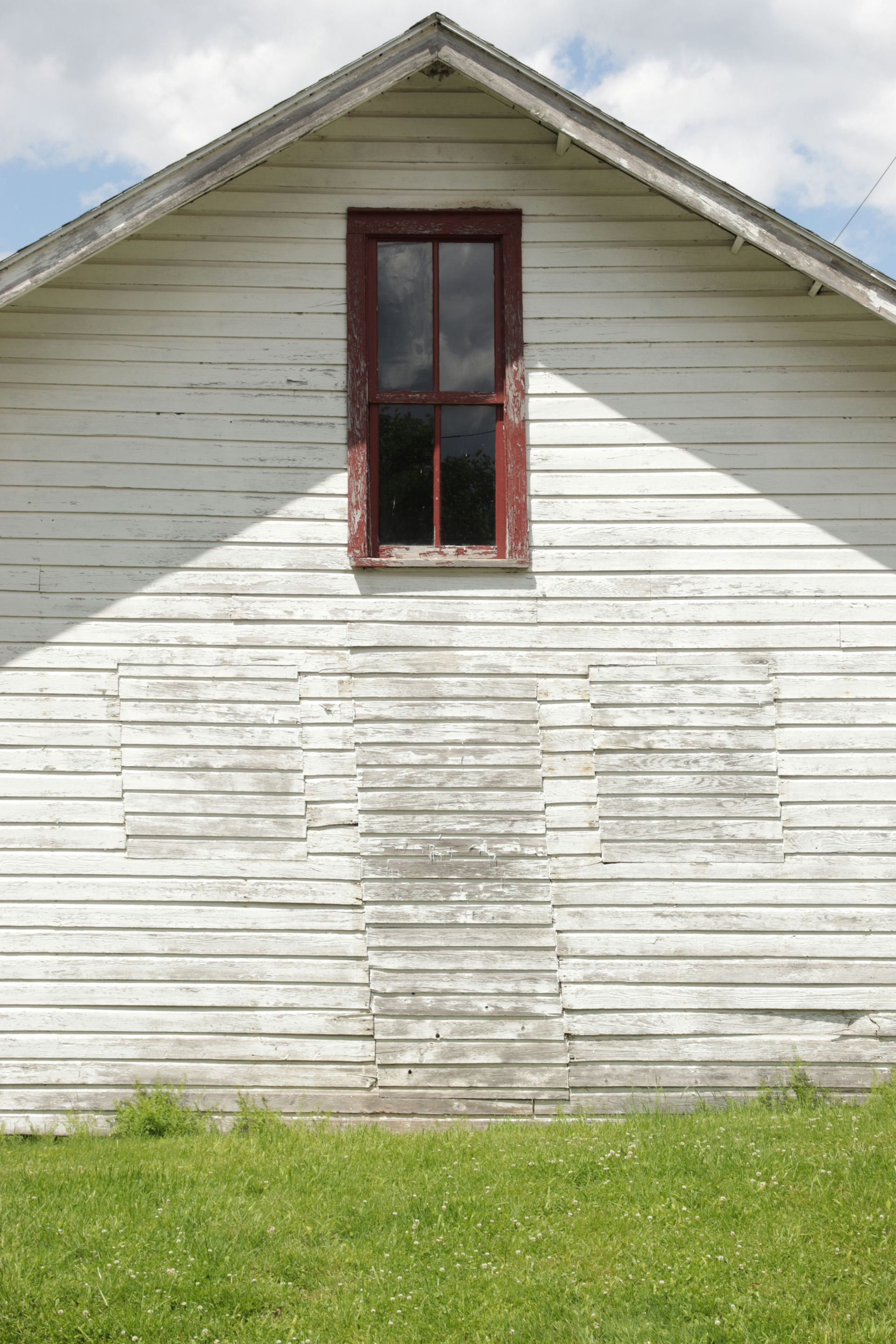
Homeowners have a crucial decision to make when selecting the best siding material for their renovation projects. Choices range from traditional wood and brick to modern options like PVC and fiber cement. Each material not only enhances a home’s appearance but also provides essential protection against the elements. This article will explore various siding materials, including vinyl, wood, fiber cement, brick, stone veneer, and even sheet metal for a contemporary look. We’ll help you find the best siding material for your home’s style, budget, and climate needs.
Key Takeaways
- Different siding materials offer unique benefits and drawbacks for homeowners to consider
- Vinyl siding is cost-effective and low-maintenance but has limitations in color and texture options
- Wood siding provides natural charm but requires regular maintenance to prevent decay and pest damage
- Fiber cement and stone veneer offer durability and aesthetic appeal but may have higher initial costs
The Pros and Cons of Vinyl Siding
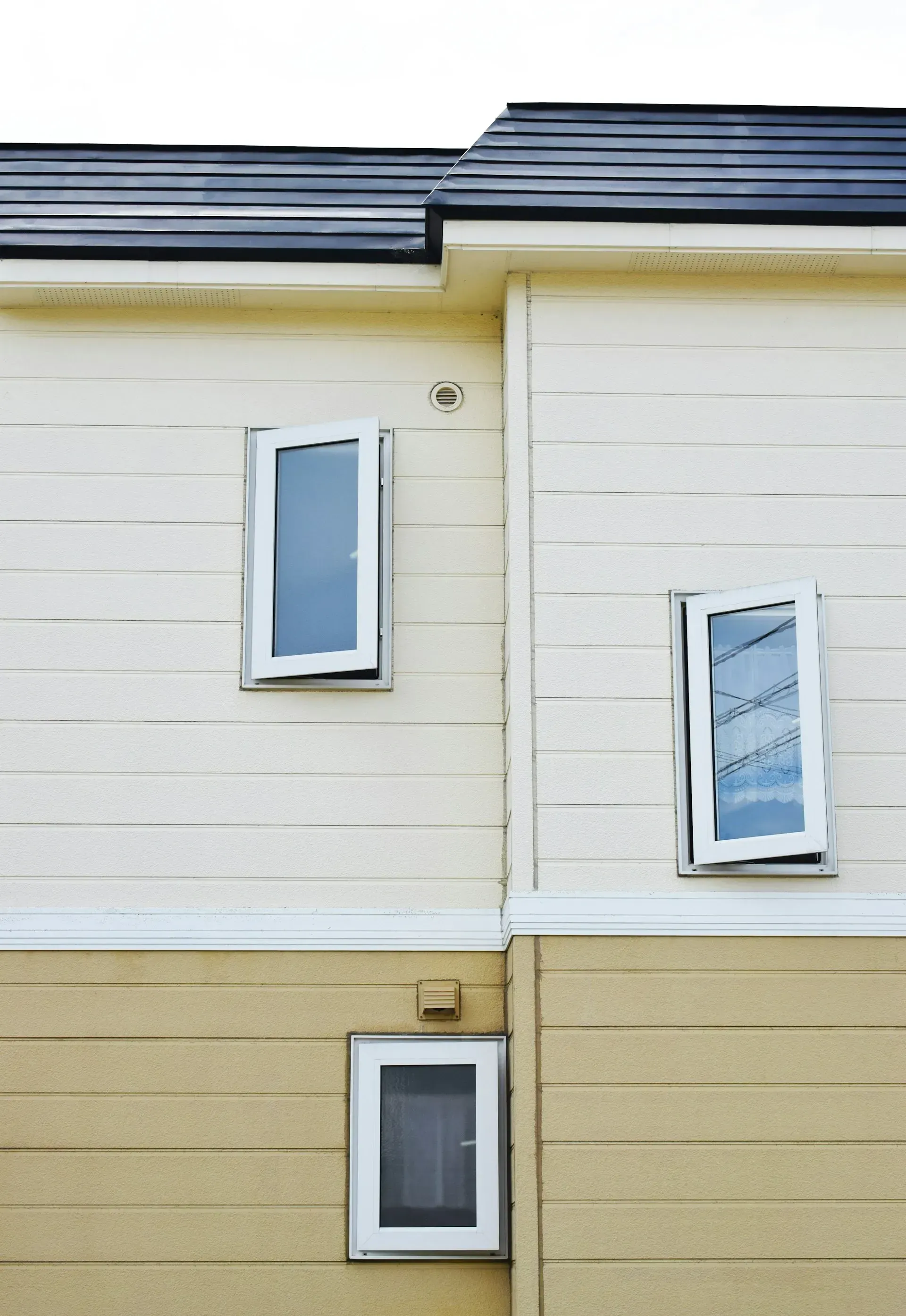
Vinyl siding is a popular choice for homeowners seeking an affordable and visually appealing option. This versatile material can mimic traditional clapboard and offers benefits like mold resistance and minimal maintenance. Unlike engineered wood, vinyl doesn’t need painting, reducing long-term upkeep costs. However, it has limitations in color and texture variety, and there are ongoing environmental concerns despite improvements in recycling. Understanding these aspects helps homeowners make informed choices when selecting the best siding material for their homes.
Affordability and Variety
Vinyl siding is an affordable choice for homeowners, offering a wide range of styles and colors. It provides a cost-effective alternative to more expensive options like cement board or metal siding without sacrificing aesthetics. Vinyl mimics the look of traditional carpentry while requiring less maintenance, and its durability makes it a popular option. Although it may not be as environmentally friendly as some alternatives, its low maintenance needs and long-lasting nature make it an attractive choice for many.
Ease of Installation
Vinyl siding is a popular choice for budget-conscious homeowners due to its ease of installation. Unlike lumber, which needs special treatments to resist insects and corrosion, vinyl comes pre-treated and ready to install. Its lightweight nature reduces the need for specialized equipment and extensive labor, making it quicker and more affordable to install compared to heavier materials like fiber cement or brick veneer.
Limitations in Color and Texture
Vinyl siding offers versatility but has limitations in color and texture options compared to materials like fiber cement or exterior insulation finishing systems. Unlike natural wood, which can be painted any color or left to weather naturally, vinyl’s color is permanent and may fade over time due to exposure to the elements. Although it resists termite damage, its hollow structure can increase noise from rain or hail, potentially affecting indoor ambiance. Additionally, vinyl cannot achieve certain high-end or custom finishes available with other materials.
Exploring the Natural Beauty of Wood Siding
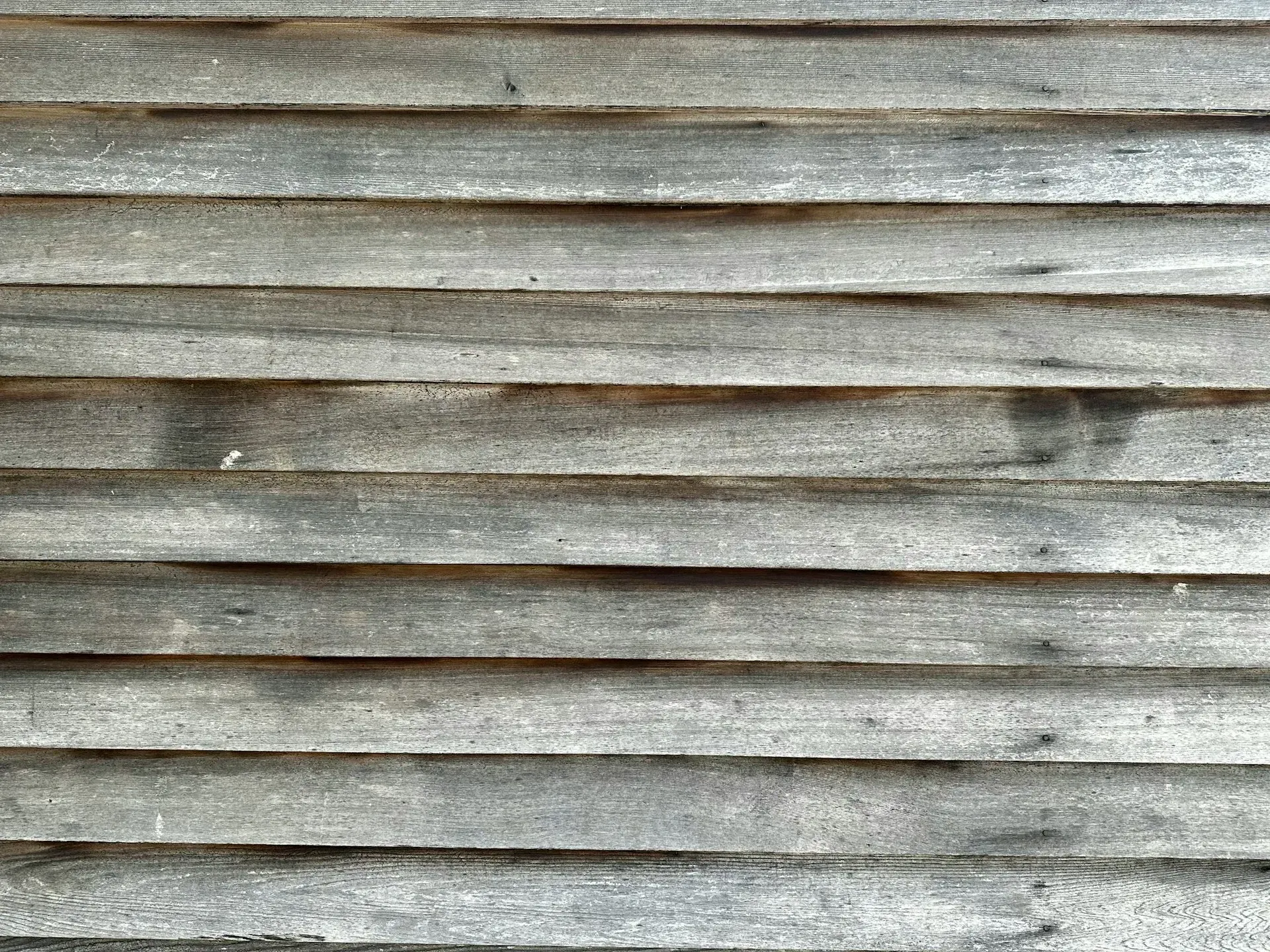
Wood siding captivates homeowners with its natural charm and versatility, offering a timeless look that complements various architectural styles. Unlike composite materials or stone veneer, wood can be customized with staining or painting, allowing endless creative possibilities. However, its susceptibility to water damage and pests can raise durability concerns, and it requires regular maintenance. Modern techniques, like incorporating a rain-screen system, can improve wood siding’s longevity. Additionally, wood provides natural insulation, contributing to energy efficiency, though this benefit must be balanced against considerations of environmental impact and sustainability.
Timeless Look and Customization Options
Wood siding offers a timeless look with natural beauty and extensive customization options. While it may not have the longevity of steel, its charm and ability to be refinished over time make it a popular choice. Proper maintenance and treatment can extend its lifespan. Wood siding comes in various species, each with unique grain patterns, and can be painted or stained to match any color scheme. It provides a warm, natural appearance that ages gracefully.
Environmental Impact and Insulation Value
Wood siding provides natural insulation, enhancing energy efficiency for homeowners. While the production of wood siding can impact forests, using sustainable harvesting practices and reclaimed wood can help mitigate environmental concerns. Some manufacturers offer warranties that cover both the siding and its protective resin coating, ensuring long-term durability against elements like sand and rain, which could otherwise damage the home’s exterior.
Concerns Over Durability and Maintenance
Wood siding faces durability challenges due to its vulnerability to moisture, pests, and decay. Unlike fiber cement, which resists rot and insect damage, wood requires regular maintenance, including painting, staining, and pressure washing, to extend its lifespan. While some species, like cedar, naturally resist decay, they may still need protective treatments. Proper installation techniques, such as using a batten system, can enhance wood siding’s longevity by mitigating these issues. Regular inspections and maintenance are crucial to address potential damage and replace affected boards as needed.
The Rising Popularity of Fiber Cement Siding

Fiber cement siding has become popular among homeowners looking for a durable and versatile exterior option. Unlike traditional hardwood or vinyl, fiber cement combines the strength of cement with cellulose fibers, providing excellent resistance to rust, snow, and pests. It can mimic various textures, such as smooth surfaces and wood grain patterns, offering diverse aesthetic choices without sacrificing durability. As a fire-resistant and termite-proof material, fiber cement addresses many concerns associated with other siding types. Although the initial cost may be higher, its long-term durability and low maintenance often lead to cost savings over time.
Combining Durability With Aesthetic Flexibility
Fiber cement siding is a highly durable and versatile material that offers a wide range of design options. It is resistant to damage from environmental factors, mimics the appearance of wood without the risk of rot or insect infestation, and can withstand extreme weather conditions. Additionally, it is resistant to moisture, fire, and pests, available in various textures and colors, low maintenance, long-lasting, and more environmentally friendly than vinyl.
Fire Resistance and Termite-Proof Qualities
Fiber cement siding offers exceptional fire resistance and termite-proof qualities, making it a smart choice for homeowners in various climates. This material can withstand extreme heat and resist ignition, providing vital protection against wildfires. Unlike polymer-based options, fiber cement does not melt or warp under high temperatures and maintains its integrity in harsh weather conditions, including heavy rain. Homeowners often consider these fire-resistant and pest-proof features when evaluating siding options.
Cost Considerations Compared to Other Materials
Fiber cement siding is a cost-effective alternative to traditional materials like brick or masonry veneer. Although it has a higher initial cost than vinyl siding, its durability and resistance to fungus, rot, and insect damage lead to lower long-term maintenance expenses. Unlike natural materials such as wood or stone, fiber cement—composed of cement, sand, and wood pulp—requires minimal upkeep, potentially saving homeowners money over time.
Why Brick Siding Stands the Test of Time
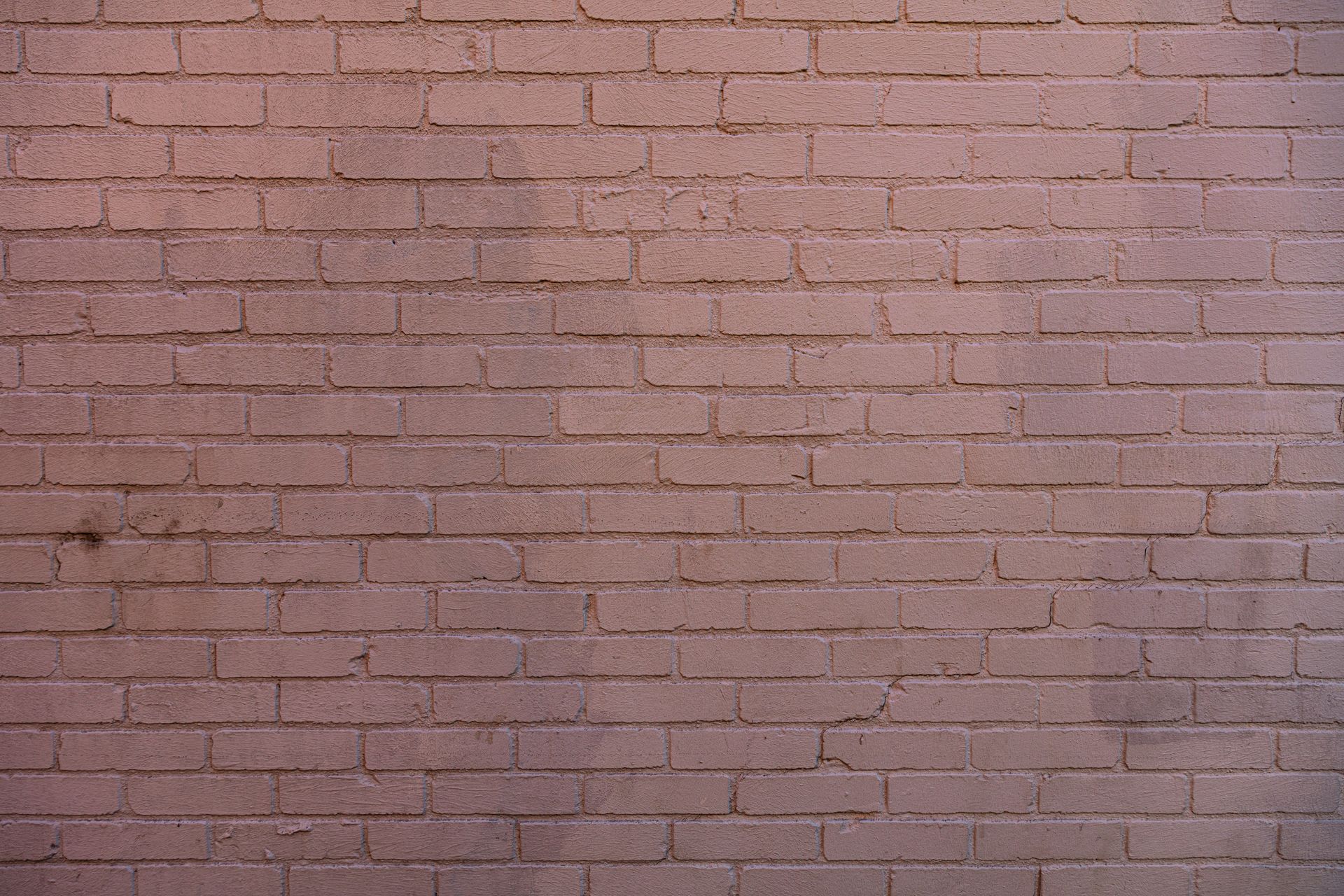
Brick siding is a popular choice for homeowners who desire a classic, enduring exterior. Unlike some modern alternatives like fiberboard, brick offers unmatched longevity and timeless appeal. Its durability surpasses many other siding options, including vinyl or wood, making it highly resistant to weather-related wear and tear. Brick’s natural thermal properties help improve energy efficiency, potentially lowering heating and cooling costs. However, the weight of brick siding requires careful consideration of structural support and proper installation methods. While it doesn’t offer the same customization options as materials that can be painted, brick siding’s durability and low maintenance needs make it a worthwhile investment for those seeking long-term value.
Low Maintenance and High Durability
Brick siding offers unparalleled durability and low maintenance compared to materials like wood. Unlike wood siding, which requires regular painting and sealing, brick only needs occasional mortar repointing to maintain its structural integrity. Its resistance to ultraviolet rays and harsh weather conditions ensures a consistent appearance for decades, making brick an excellent long-term investment for homeowners seeking a reliable exterior solution.
Energy Efficiency Benefits
Brick siding provides exceptional energy efficiency benefits, surpassing many other materials commonly used in North America. Its high thermal mass helps regulate indoor temperatures, keeping homes cooler in the summer and warmer in the winter while also maintaining consistent humidity levels. Unlike tongue and groove wood or stucco, brick masonry offers natural insulation, reducing heating and cooling costs. These properties make brick siding a superior choice for energy efficiency.
The Weight Factor and Installation Requirements
Brick siding’s substantial weight requires careful consideration during installation, often needing specialized foundation support and skilled labor. Unlike lightweight vinyl siding, brick can add significant load to a structure, potentially increasing costs. However, its durability and thermal insulation properties often justify the initial expense. Contractors must account for the weight per square foot when designing structural support to ensure the home can safely bear the load of brick veneer or full masonry walls. For instance, brick typically weighs 35-45 lbs per square foot, requiring a more complex installation process compared to vinyl (1-2 lbs/sq ft) or fiber cement (2.5-3 lbs/sq ft).
Stone Veneer Siding for an Elegant Exterior

Stone veneer siding offers a luxurious look at a lower cost than natural stone. This versatile material enhances curb appeal and provides a good return on investment by withstanding harsh weather conditions, including strong winds. Installation requires careful consideration of weight, often involving attachment to a plywood substrate for proper support. While more complex to install than some alternatives, stone veneer is durable and long-lasting, making it a popular choice for those seeking a high-end appearance. It provides a cost-effective alternative to full-stone masonry, delivering similar visual appeal and weather resistance.
Achieving a High-End Look at a Lower Cost
Stone veneer siding provides a sophisticated look at a fraction of the cost of natural stone. Its lower density simplifies installation and reduces overall construction expenses. This versatile material offers creative design options, enhancing a home’s aesthetics from the facade to the soffit. Contractors can easily work with stone veneer using common tools, making it a practical choice for achieving high-end appearances on various budgets.
Installation Complexity and Weight Issues
Installing stone veneer siding presents unique challenges due to its weight and complexity. Although lighter than natural stone, it still requires proper structural support to endure extreme weather conditions. Specialized installation knowledge is necessary to ensure correct adhesion and prevent moisture infiltration. While stone veneer may be more expensive than alternatives like wood grain siding, it offers long-term value as a durable, low-maintenance option. Unlike renewable resources such as wood, stone veneer provides a timeless aesthetic, reducing the need for future replacements.
Weather Resistance and Longevity
Stone veneer siding offers exceptional weather resistance and longevity, making it an ideal choice for a durable exterior. This material effectively repels water, preventing moisture from penetrating and damaging the underlying structure. It can withstand harsh weather conditions, including extreme temperatures and heavy precipitation, ensuring long-lasting performance. Stone veneer is resistant to UV rays, maintaining its color and appearance over time, and provides impact resistance, protecting against hail and debris.
Conclusion
Choosing the best siding material for your home significantly affects its aesthetics, durability, and energy efficiency. Homeowners should consider factors like climate, budget, maintenance needs, and desired appearance when selecting among materials such as vinyl, wood, fiber cement, brick, and stone veneer. Each option has unique benefits and drawbacks, from vinyl’s affordability and low maintenance to wood’s natural beauty and customization potential. The ideal siding choice balances long-term value, performance, and aesthetic appeal, ensuring your home’s exterior remains durable and reflective of your personal style.


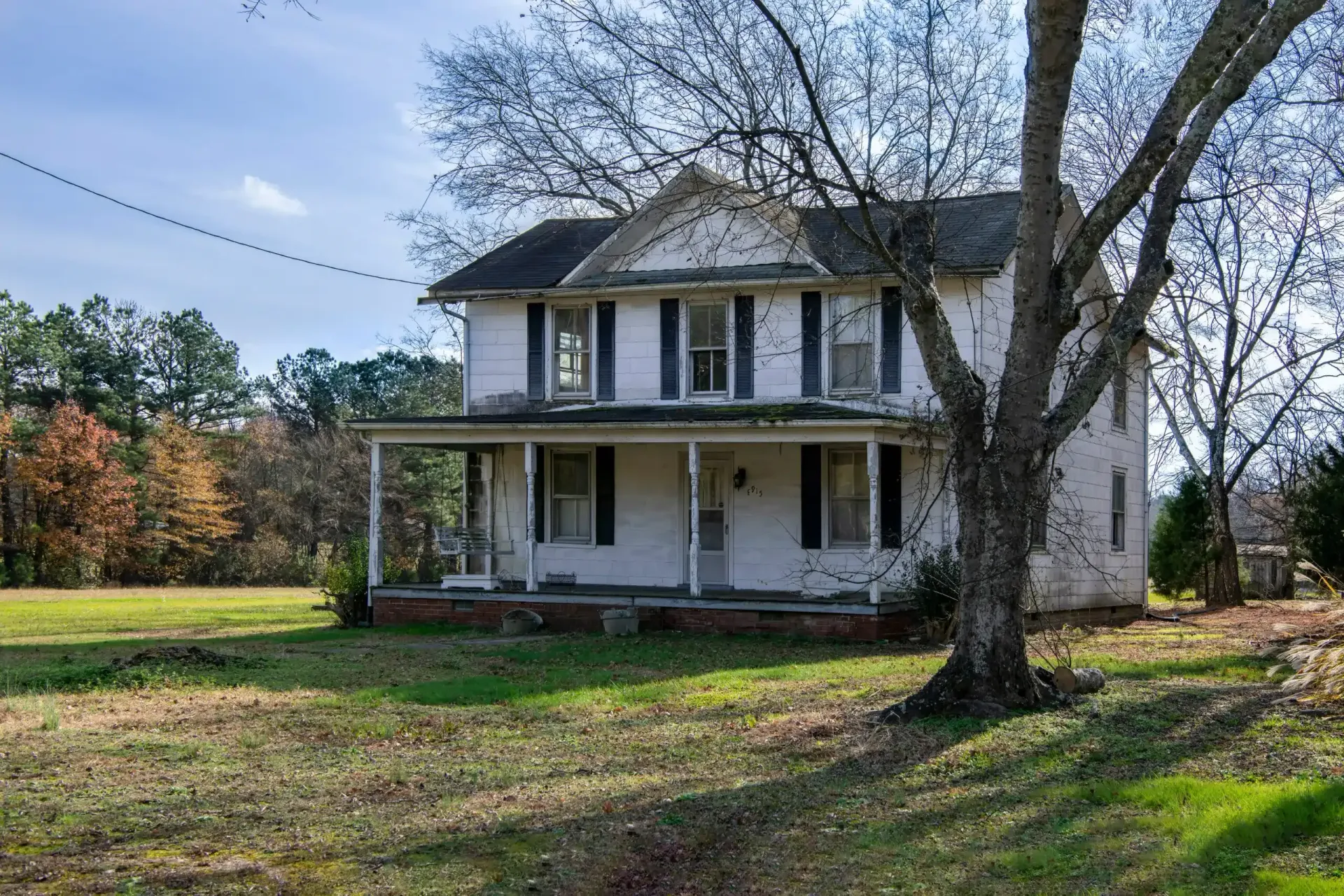

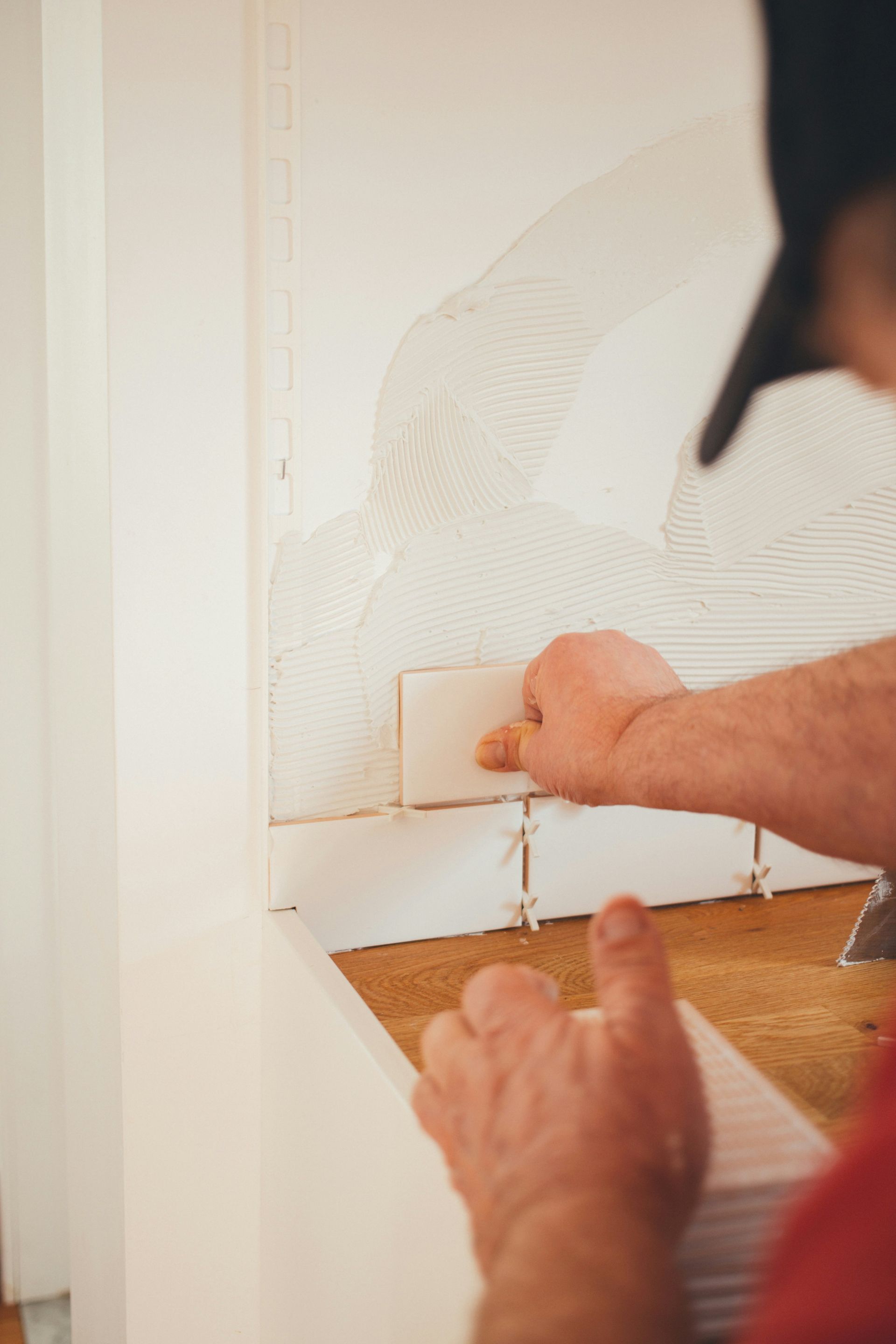

Share On: